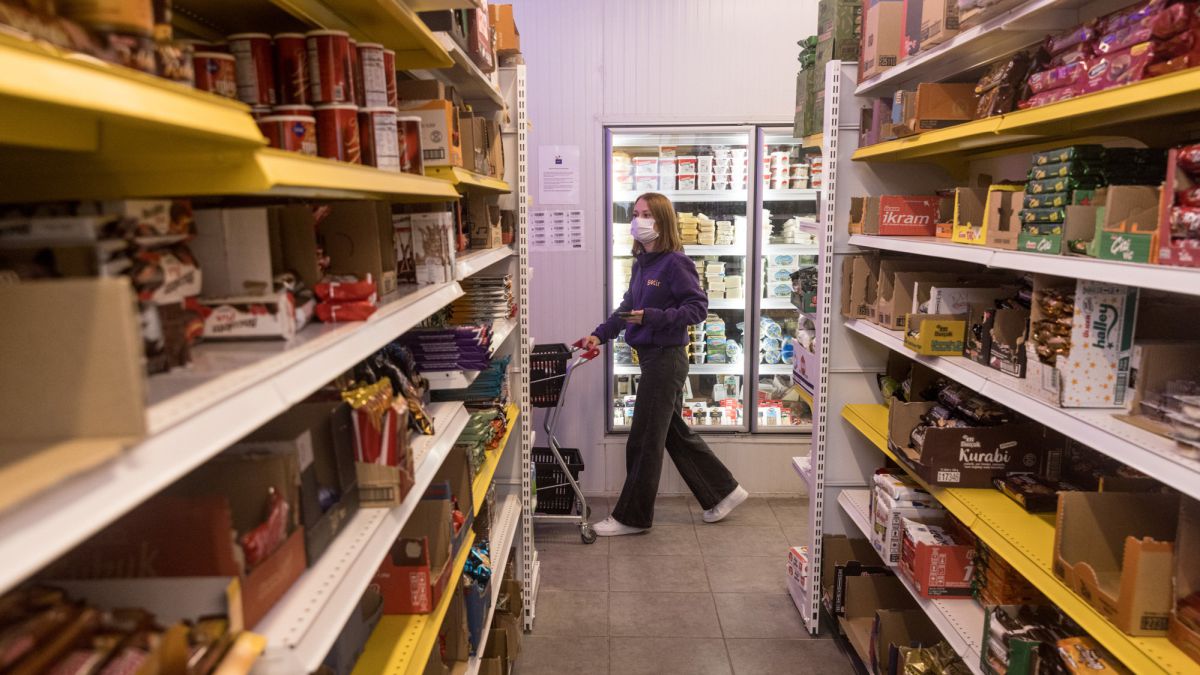

When you have some loosened fat as a cushion, add delicate items like garlic, ground spices, or dried herbs. Stir in the cut vegetables, which will then release their natural moisture, deglazing the pan. When part of the final dish-as in this one-vegetables are uniformly cut for even cooking (like half-inch dice or matchsticks, called julienne). → When added for the sole purpose of flavoring the broth, vegetables are left in larger pieces, like a quarter carrot or half an onion, and then removed. Use tongs to turn it in the pan, then remove it and discard any discolored oil. When hot enough, the oil should skim across the surface, and the meat will sizzle on contact.

→ Heat the pot, then add just enough oil to lm the bottom. Surface moisture prevents browning and introduces water into the fat, causing splattering.
Spider strainer or perforated skimmer (for lifting meats and removing vegetables). All-Clad Rondeau: expensive, but also useful for roasting and deep-frying. The connective tissue, fat, and sinew holding the muscles together require longer, slower cooking to melt into gelatin, yielding tender meat-and flavorful cooking liquid.īraising uses a large cut as centerpiece, and the cooking liquid gets cooked down into a kind of sauce served as accompaniment. Uses less expensive cuts from the most exercised parts of the animal, like the shoulder and shank. Liquid is the heat transfer agent: The heat source heats the liquid, the liquid cooks the meat With Shane Solomon, Over Master and Chef Pizzeria Stella, Philadelphia Tips Bearing in mind that ovens and animals are both variable creatures, two of our favorite chefs compressed years of experience into practical directives designed to support your cooking efforts, no matter the dish. Evolution comes from understanding the principles behind recipes: useful techniques applicable to more than one meal.






 0 kommentar(er)
0 kommentar(er)
